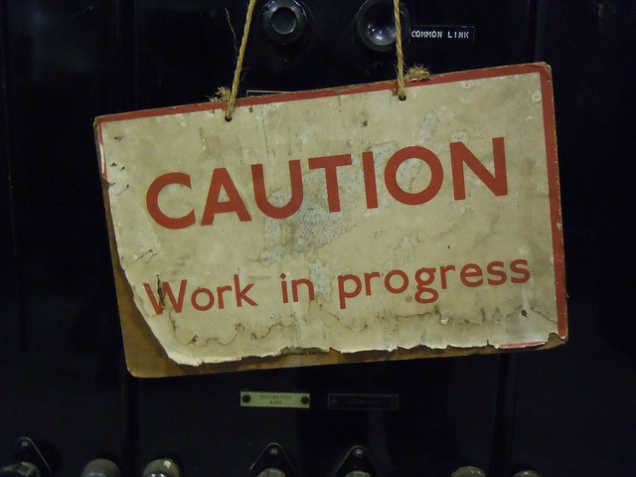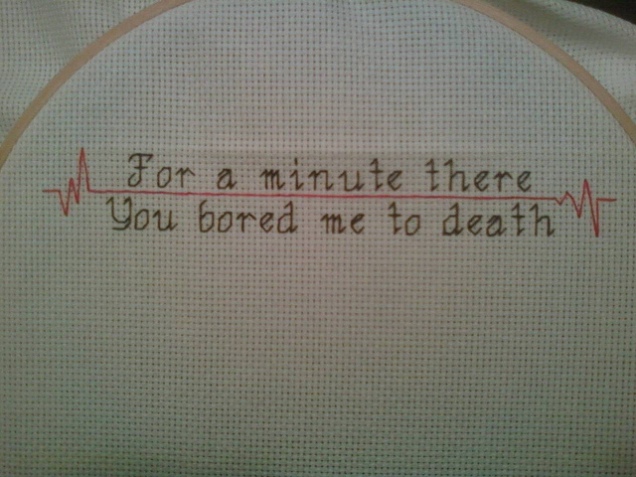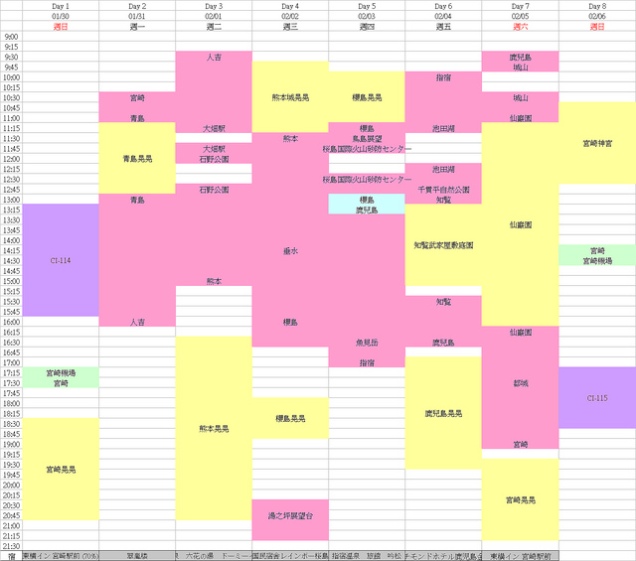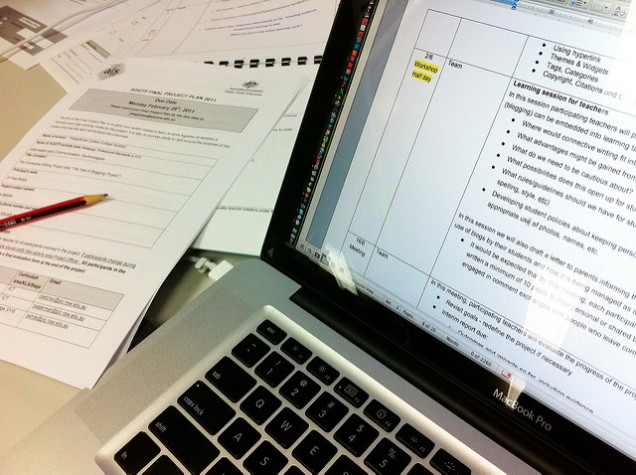Technically, the answer to that question is yes. Not everyone, however, is cut out to do it and fewer still can do it and enjoy it.
As with so much, it comes down to how much you want something and how much time and effort you are willing to put in to achieve it. Too many people say they want something but baulk at the work it takes to accomplish it.
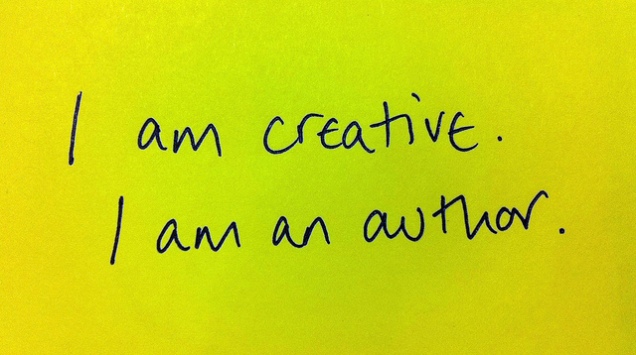
Being an indie author is not easy. Whilst you can build up a support network, you need to have a strong sense of who you are as an author and where your books sit in the market place. You need to be able to trust your own judgement. You are the only one who has your back.
As an indie author, even if you hire others to do some of the work for you, the ultimate responsibility for what they produce lies with you. You have to check and recheck and check again to ensure a quality of output is achieved that you are happy with. You are the Managing Director, the CEO, the buck stops with you.
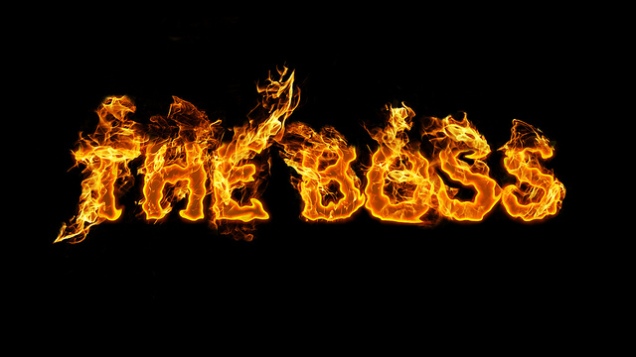
The glory, however, needs to be shared. Remember to thank people for the work they have done. It costs nothing to be nice. If people pay you a compliment on your cover, don’t forget to mention your cover designer. If people praise the professional look of your book, namecheck your editor and others who have contributed their time and talent to making your dream happen. Always, always acknowledge and thank and pay it forward.
And Don’t rush things. Your goals should be to produce the best books you can and build a sustainable career for yourself. That won’t happen overnight. Have patience and plan out a schedule that is achievable. Remember there are only 24 hours in every day and you should be sleeping for eight of them! You might want to do it all, you may even succeed for a while but eventually you will crash and burn. Remember that story about the tortoise and the hare from when you were a child? A slow and steady approach is better both for achieving longevity and for your health.







